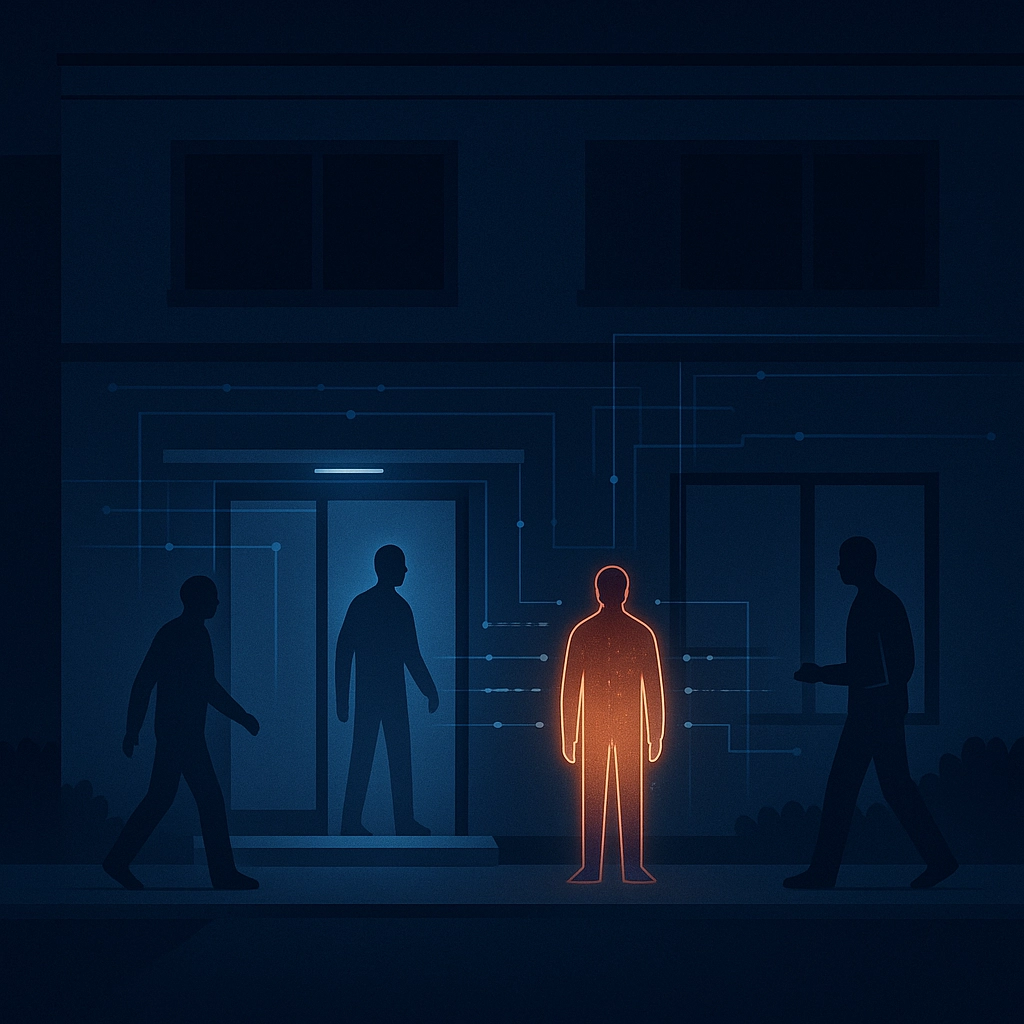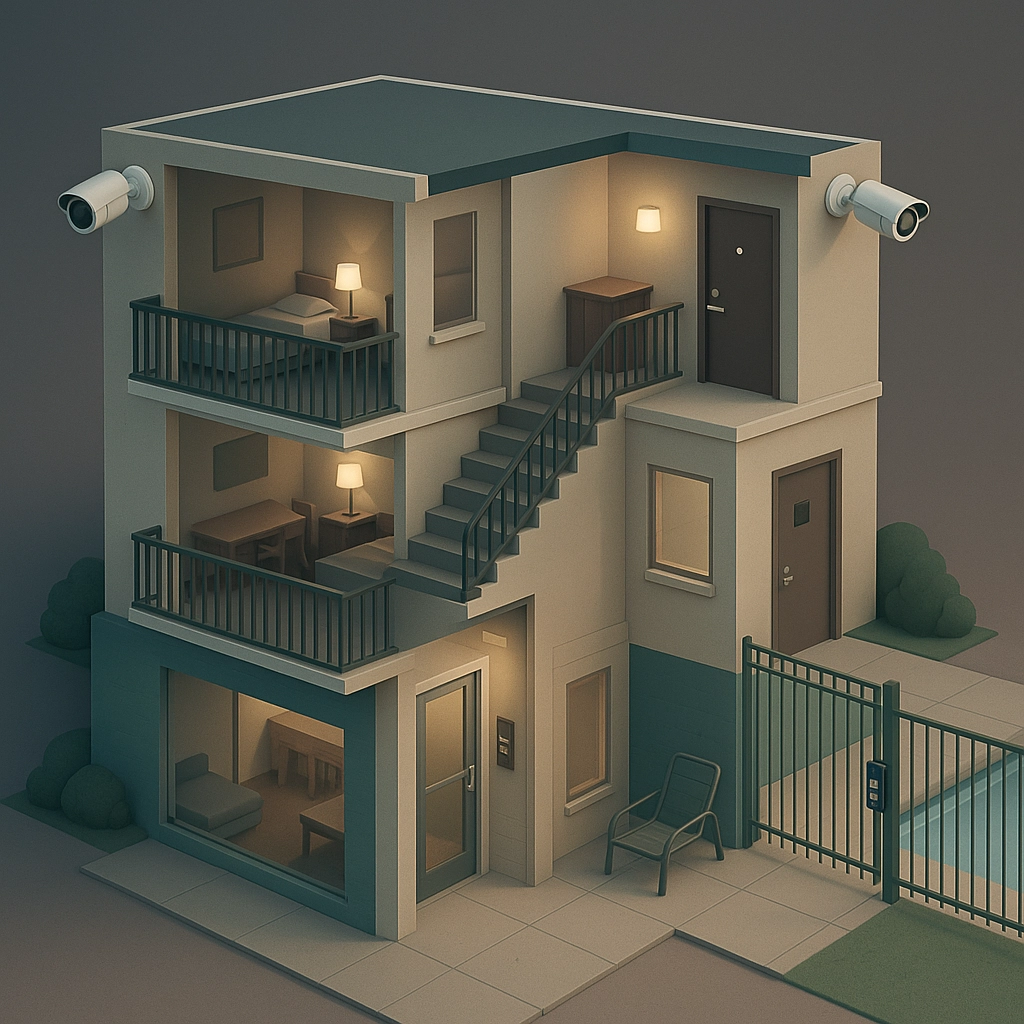The truth? Access control has become the nervous system of modern property management. When it’s left on autopilot, things get risky—fast. As someone who works closely with organizations upgrading their security, I’ve seen it all: lost keys, angry calls about lockouts, a tangled mess of old and new tech, and, worst of all, complete blind spots on who’s coming in or out. If you want peace of mind and smoother operations, let me walk you through the five mistakes I see over and over again—and show you how to fix them before they become tomorrow’s emergency.
1. Careless Credential Management
You wouldn’t leave old keys lying around for anyone to grab, so why let access credentials pile up in limbo? Still, it happens all the time. Property managers hand out key fobs, PINs, or mobile credentials like candy—then forget to disable them when people leave. Maintenance uses “master” codes for months. Sometimes, former property managers are still floating around in the system, holding a digital skeleton key.
Here’s the thing: each unused or unmonitored credential is a new doorway left unlocked.
How to Fix It:
- Build a habit of assigning unique credentials to every individual—no sharing, no copying-and-pasting codes, ever.
- Make credential removal part of your offboarding process: when someone leaves, their access dies the same day.
- Embrace tech! Mobile credentials and smart fobs are much easier to monitor and deactivate than traditional keys.
- Audit access lists regularly. Monthly reviews keep your security airtight and show you who’s really coming and going.

If you’re unsure where to start, consider a platform that automates much of this housekeeping. Need inspiration? Take a look at how we handle access control management.
2. Ignoring Access Logs and Data
Access logs are your property’s black box: they catch every entry, every exit, every oddball midnight visitor. But let’s be honest—when was the last time you actually reviewed them? If the answer’s “when something went wrong,” you’re missing out on biggest advantages modern access control offers.
Ignoring logs means you’re always on the back foot, playing defense instead of offense. Those logs aren’t just for after the fact—they’re a goldmine for spotting issues before they become security events.
How to Fix It:
- Schedule regular log reviews. Add it to your monthly calendar or set automatic alerts for unusual patterns.
- Use analytics to turn all this data into insights—who’s onsite after hours, which doors see unexpected traffic, etc.
- Many modern systems can send you real-time notifications for access attempts outside normal hours or at restricted points.

If you want help deciphering patterns or setting up alerts, lean on your access control provider. Savvy partners (like us!) can even help set up custom access reports so you’re always a step ahead.
3. Implementing Incorrect System Design
Here’s the classic trap: slapping a “one-size-fits-all” system across all your properties. A 12-unit walkup doesn’t need (or want) the same setup as a 200-unit luxury complex. Still, property managers often pick a system off the shelf and roll it out everywhere, never considering each site’s unique layout or risk profile. The results? Blind spots, back doors, and plenty of resident complaints.
How to Fix It:
- Start with a site-specific assessment. Walk the property, map traffic flows, and ask residents about their pain points.
- Invest in a solution tailored to each building. Think: strategic camera placement, convenient entry points for deliveries, extra credentials for pool access, etc.
- Work with professionals who can design layered security—one that evolves as your property grows, not just today but years down the line.

Ready for a system that matches your property—not just the brochure? We can help you design, upgrade, or overhaul your access controls for real-life needs. More details about tailored systems are available on our consultation page.
4. Poor Integration with Existing Systems
Old building, new tech—sounds like a recipe for trouble. Installing the latest smart locks or cloud-based systems can go sour fast when they play badly with your legacy security cameras, fire alarms, or existing IT backbone. I’ve seen it firsthand: staff swiping endlessly at doors that won’t open, frustrated tenants, alarms that never sync, and security teams drowning in support tickets.
Integration isn’t just about plugging things in. It’s about making sure every piece of tech speaks the same language and works in harmony.
How to Fix It:
- When upgrading, start with a full inventory of your existing systems: locks, alarms, cameras, and even intercoms.
- Choose access control solutions known for backward compatibility and open integration standards—this avoids vendor lock-in and makes future upgrades less painful.
- Bring in integration specialists who can bridge old and new tech without endless downtime. They’ll spot clashes early and keep your building secure and operational.
Before you make your next move, review our insights on multi-system integration for complex properties (more on our services page).
5. Neglecting Regular Maintenance
This is the big one! Too many property managers fall into the “install and forget it” mindset, treating access control as set-and-forget tech. But without routine maintenance, even the best systems can—and will—fail at the worst possible time.
Doors suddenly stop communicating. Batteries die. Software ages out. And if you wait until something breaks, you’re already in a full-blown emergency.
How to Fix It:
- Set a recurring schedule for maintenance—just like HVAC, your access control needs regular TLC.
- Update your software and firmware to patch vulnerabilities and get the newest features.
- Schedule quarterly or bi-annual on-site system checks.
- Document every fix, review, and update so you always know your last service date (no “I think it was last year?” guesses).
A proactive approach saves you money, keeps tenants happy, and, most importantly, preserves the integrity of your property security.
Final Thoughts: Take Action and Stay Ahead
Access control isn’t about ticking a box for security compliance—it’s about building trust and safety into the daily rhythm of your properties. By dodging these five mistakes, you’re not just preventing headaches; you’re giving your business (and tenants) something priceless: confidence.
If you’re ready to audit your current system or want expert, friendly advice on leveling up, reach out for a security assessment. Let’s make every entry point, every credential, and every log part of a security system that actually works for you.
Want more tips like this straight to your inbox? Sign up for our ICS Technology Group newsletter and stay ahead of security trends—all in plain English, just the way you like it.


